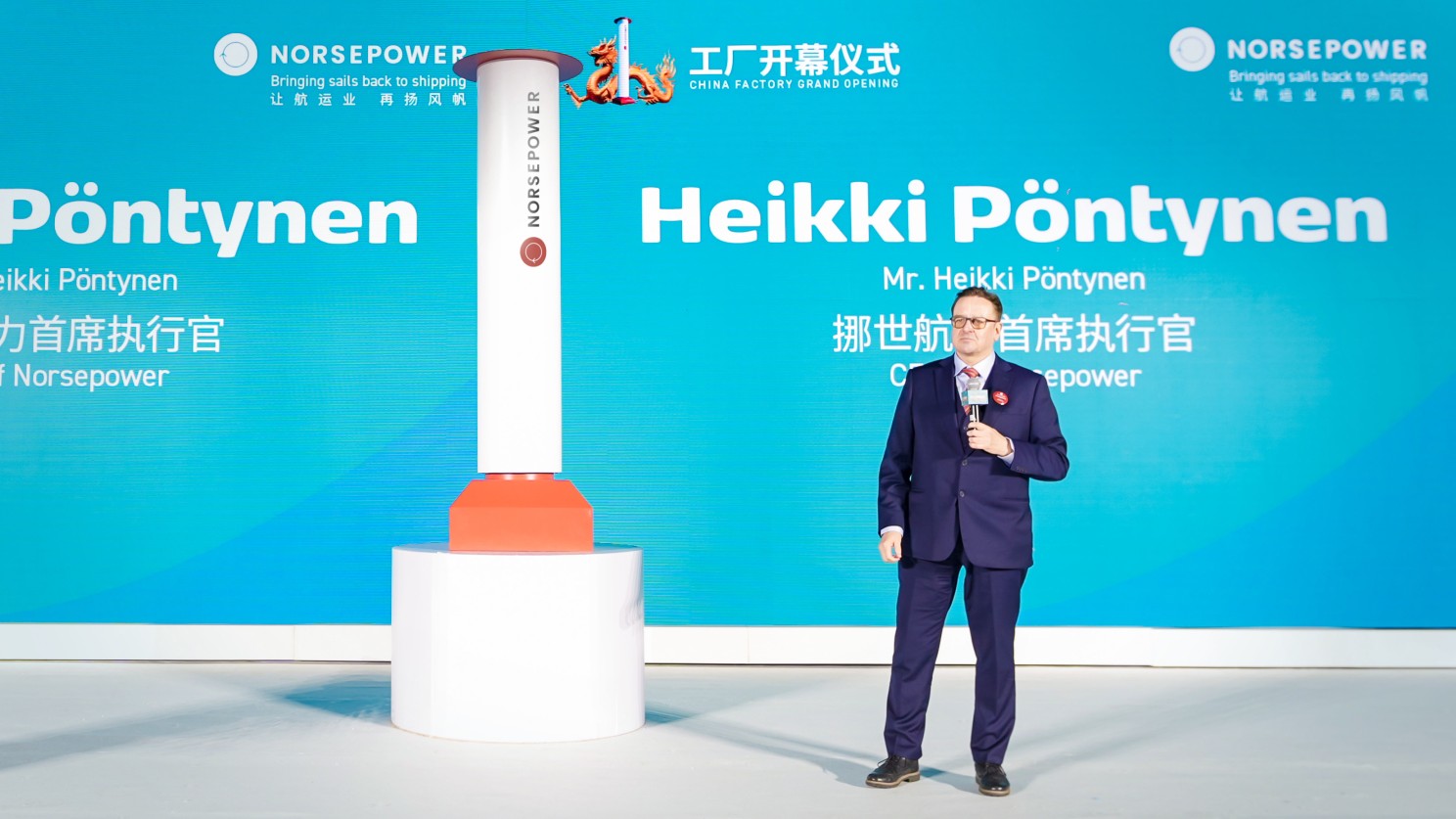
"If the shipping industry is to achieve IMO's target of full decarbonization by 2050, now is not the time to stand still."
— CEO Heikki Pöntynen
As the shipping industry faces increasingly stringent decarbonization targets and environmental regulations, stakeholders are accelerating efforts to reduce emissions. However, uncertainties surrounding alternative fuels pose significant challenges. Against this backdrop, green technology has become an efficient way to reduce emissions in the industry, and rotor sails have emerged as one of the most effective solutions.
During the opening ceremony of
Norsepower's new factory, Xinde Marine News conducted an exclusive interview with
Heikki Pöntynen, CEO of Norsepower, the leading company in rotor sail products. In the interview, Heikki shared his insights on decarbonization pathways, the current application of rotor sails, and the market outlook, offering valuable perspectives for our readers.
New Factory in China: 100 Sails Per Year
Founded in 2012, Norsepower is a pioneering company specializing in wind-assisted propulsion systems. The term "rotor sail" coined by Norsepower, has become widely used in the industry.
According to Heikki, Norsepower is experiencing rapid growth across various fronts, including workforce, revenue, and company deliveries. To support this growth, the company opened its first dedicated rotor sail factory in Jiangsu, China, in November 2024. This factory marks a significant leap forward in increasing Norsepower's production capacity for its Norsepower Rotor Sails™ (NPRS).
"This dedicated factory enables us to advance product research and development and deliver the most optimal solutions to the market," Heikki noted. The factory's planned capacity is one rotor sail per week, totaling 50 sails per year, with the potential to expand to 100 sails annually based on market demand.
Four Key Advantages
When discussing operational performance, Heikki stated: "As you can see from the market, there are different types of solutions for wind-assisted propulsion systems. But this is a very particular product that we have. To put it simply, it's actually the most efficient solution."
The rotor sail greatest advantage is its ability to significantly reduce emissions. The thrust generated by the spinning sail accelerates the ship's speed. Heikki explained: "For example, we have a midsize tanker sailing at eight knots using sails alone, with the main engine completely shut down." The Norsepower Rotor Sail™ can harness wind from various directions, reducing fuel consumption and CO₂ emissions by 5–25%, with even higher savings under favourable conditions. In headwind situations, crews can adjust the course to maximise performance.
Another advantage is its simplicity of operation. Heikki highlighted: "Crews just need to plan the route and press a start button. The system handles the rest." Combined with route optimization, the NPRS ensures maximum efficiency with minimal intervention.
The technology is also highly versatile, suitable for a wide range of vessels such as bulk carriers, tankers, ferries, and LNG carriers. An optional "tiltable foundation" allows the sail to be lowered for height-restricted routes.
Addressing downtime concerns, Heikki noted: "The standard installation time is two weeks per sail, usually during dry-docking." According to Heikki, if dry-docking is not planned, the foundation can be prepared in advance, and the sails installed and commissioned within a week. This minimizes disruptions and boosts the vessel's market competitiveness.

Decarbonisation Beyond Compliance
Rotor sails align closely with global trends in sustainability and green development. Heikki emphasised: "If the shipping industry is to achieve IMO's target of full decarbonization by 2050, now is not the time to stand still." He noted that green shipping is no longer limited to mere compliance.
On one hand, while regulations remain a key driver, achieving up to 30% carbon reduction cannot rely solely on biofuels—additional solutions are essential. Rotor sails are perfectly suited for this purpose and play a pivotal role in transitioning the global shipping industry towards sustainability.
On the other hand, market forces and consumer values are evolving. Customers, businesses, and even end-users are increasingly prioritizing green values. For instance, growing attention to the concept of "green corridors" reflects this shift. "If you buy chocolate in Finland, some younger people may ask, has this ride to Finland been through the green corridor? Or is it just a polluted product?" Heikki observed. This clearly reflects the market's urgent need for green development.
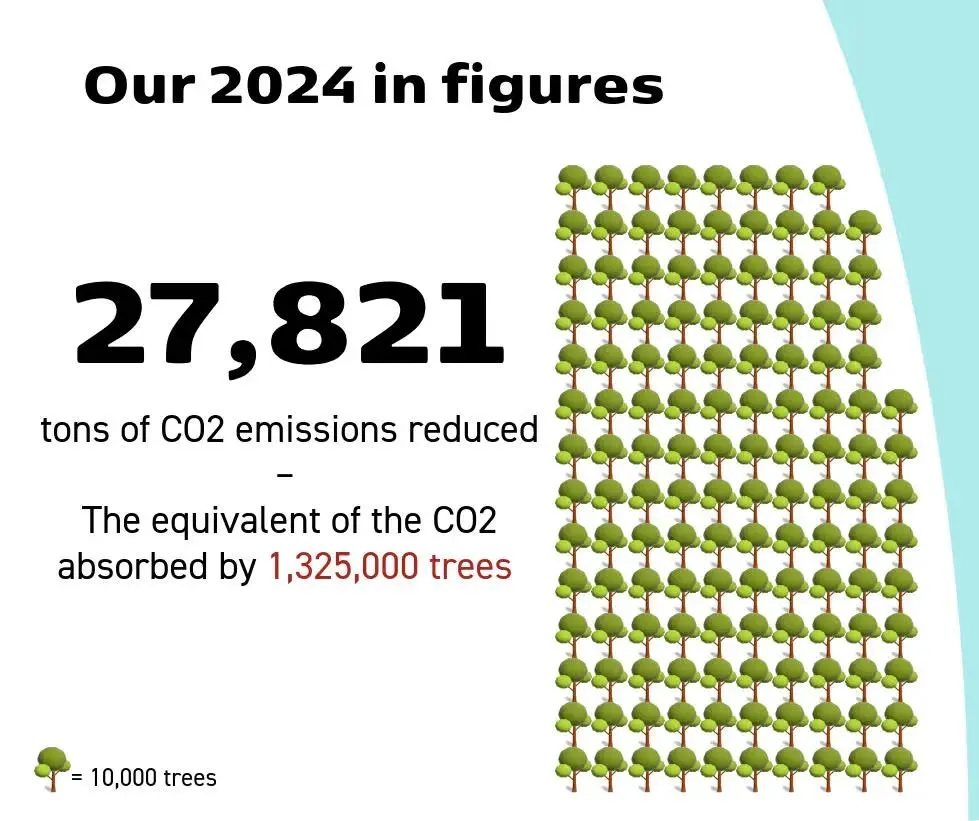
Retrofitting and Long-Term Returns
Heikki believes rotor sails are not just a green shipping solution but also a game-changer for the retrofitting market, especially for older ships with poor fuel efficiency and high emissions.
"The global fleet is enormous, and many older vessels, especially those over 20 years old, remain in operation with bad fuel economy." Retrofitting these ships with rotor sails can improve fuel efficiency and reduce emissions, aligning with decarbonization and environmental goals. Additionally, this technology can extend the operational lifespan of vessels, generating greater economic value for shipowners.
The current market interest in rotor sails is substantial. Heikki said: "When meeting with shipowners or companies, I no longer need to explain the physics behind the technology. Everyone already understands its purpose and value. I believe the industry is responding very actively. On average, we receive one inquiry per day regarding newbuilding projects. The market is highly aware of these technologies, and everyone is searching for the best solution."
Norsepower highlights the strong economic return of rotor sails. Heikki stated: "Norsepower Rotor Sails offer the best return in euros per kilowatt produced over their lifetime. This is a crucial factor—while other sails or solutions may perform well on certain voyages, over the lifetime, this is a more efficient solution."
A Familiar Partner in China
Heikki shared his deep connection to China during the interview: "I'm very familiar with China, having lived here for six years. I've collaborated with CSSC and COSCO to establish joint ventures in the past. I like this country and the way they work and do business. So it's really a pleasure to be back doing business here."
He continued: "We are actively cooperating with China. Our cooperation with local governments has been smooth, and the authorities have been really supportive. For example, our new factory is located near key regions like Nantong and Nanjing along the Yangtze River, which are vital hubs for shipbuilding and retrofitting activities."
Steady Growth Ahead
To date, Norsepower has installed approximately 30 rotor sails on 17 vessels. Over the next 18 months, this number is expected to double, exceeding 30 vessels equipped with the technology.
Heikki expressed optimism: "Obviously, the market demand is huge, and we are now really in the number one position. We have been the first mover in the market, and now we have established ourselves with a proven product."
"We have solid research and development activity in the company, making sure we have full intelligence around the entire product – when it comes to the controls, manufacturing, lifecycle, and performance. At this point, our patent IPR protection includes a patent family of about 70 patents, with 20 more pending. We are trying to be very secure in our position."
"Our strategy for the coming years is to double our delivery scale annually—for instance, from 20 ships this year to 40 next year, then 80 the year after. We aim to achieve steady and robust growth."
The shipping industry, after centuries of evolution, has come a circle—from traditional sails to modern technologies like rotor sails. Just like Heikki said: "The wind is our friend." Norsepower will continue to embrace the power of wind and nature, steering the shipping industry towards a greener future.
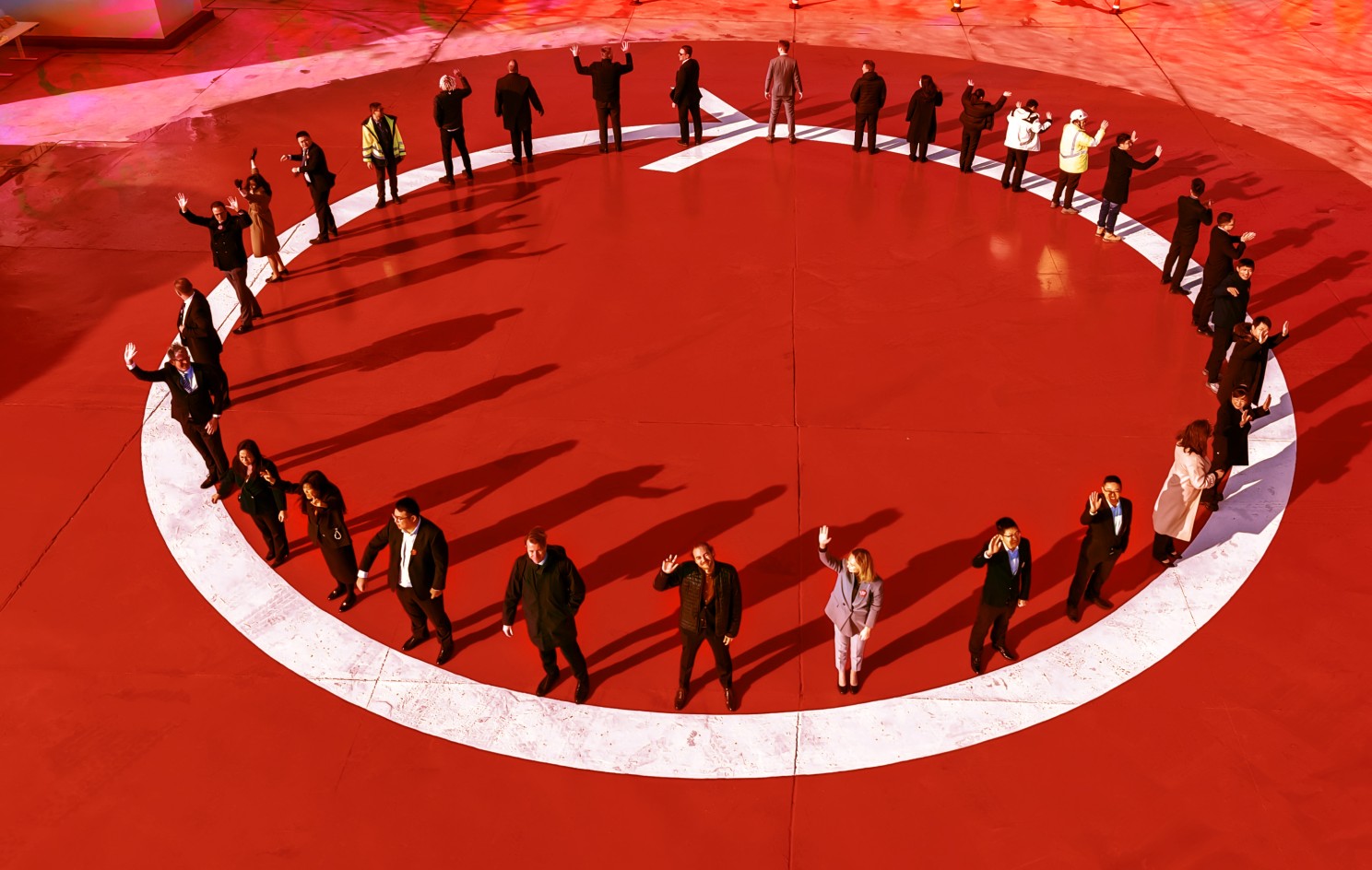
by Xinde Marine News Pang Kai
The opinions expressed herein are the author's and not necessarily those of The Xinde Marine News.
Please Contact Us at:
media@xindemarine.com




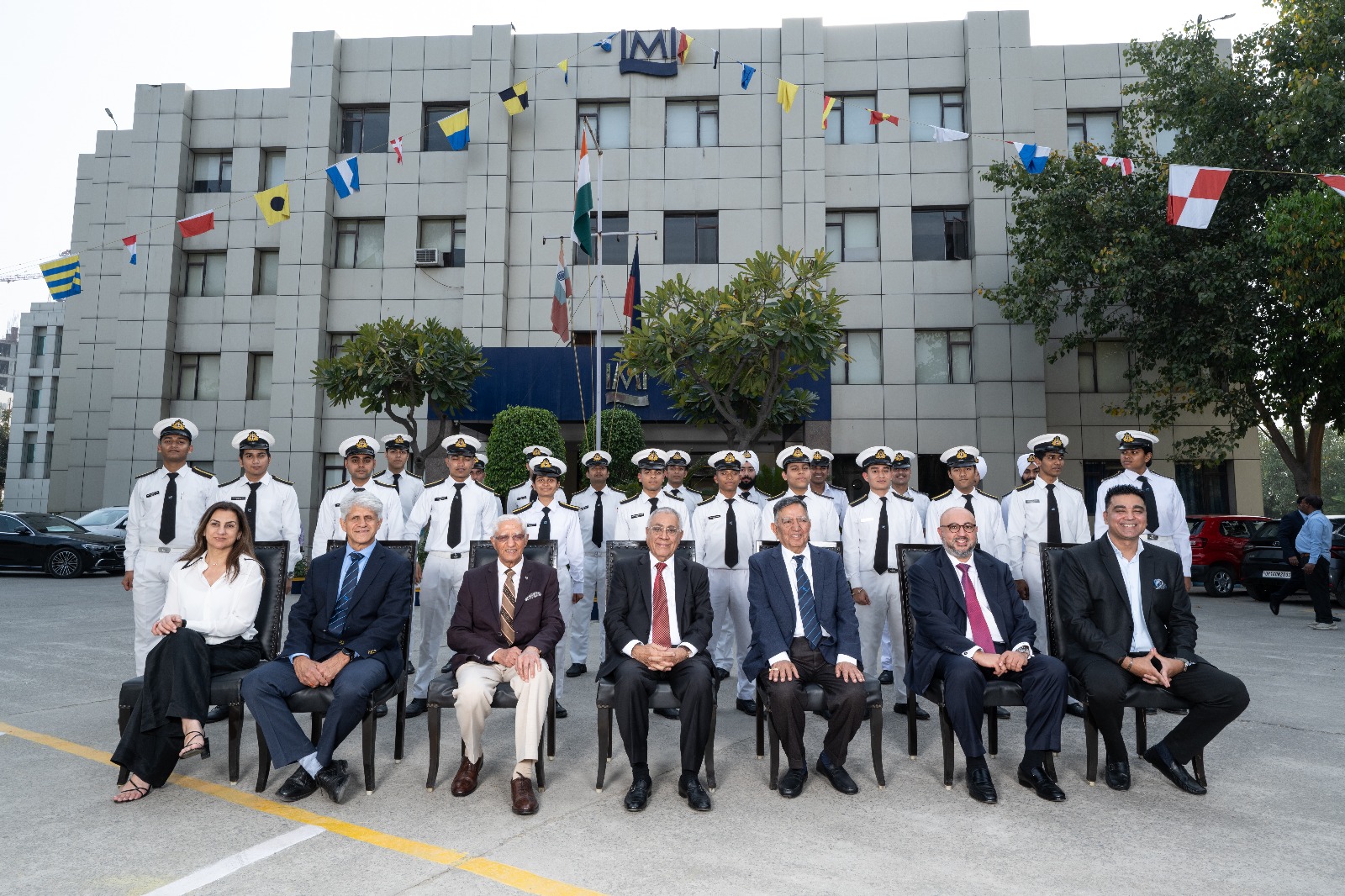 Dr. Harry S. Banga and Mr. Angad Banga of The Carav
Dr. Harry S. Banga and Mr. Angad Banga of The Carav 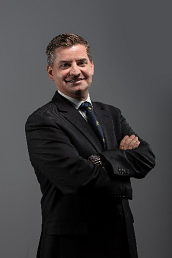 Liberian Registry Welcomes Kyle Hurst as Senior Vic
Liberian Registry Welcomes Kyle Hurst as Senior Vic  KATALIST: Accelerating Green Shipping through Innov
KATALIST: Accelerating Green Shipping through Innov  Revealing the risks: digital solutions for complian
Revealing the risks: digital solutions for complian 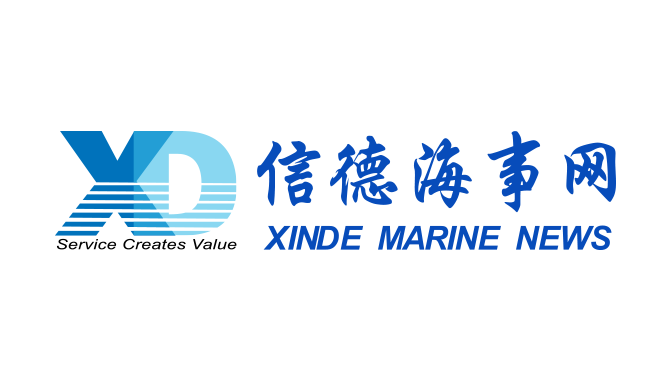 Beibu Gulf Port Chairman Zhou Shaobo Passes Away at
Beibu Gulf Port Chairman Zhou Shaobo Passes Away at 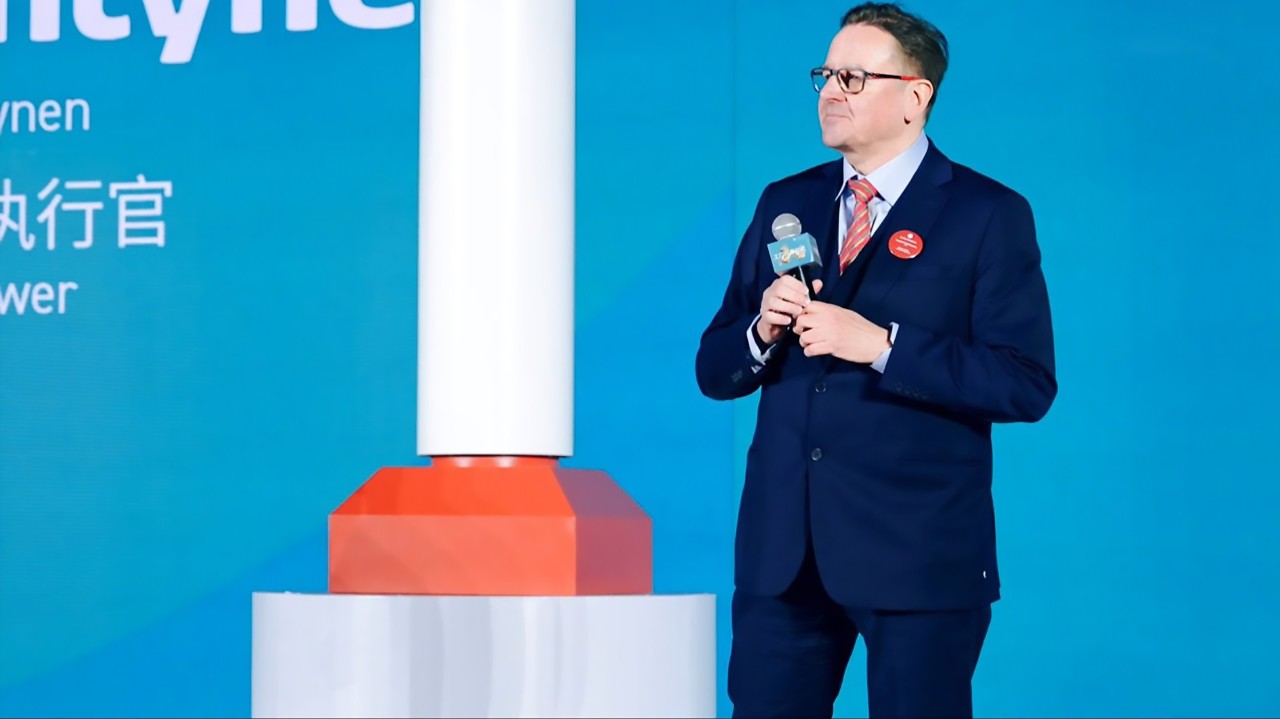 Exclusive Interview with Norsepower CEO: Bringing S
Exclusive Interview with Norsepower CEO: Bringing S